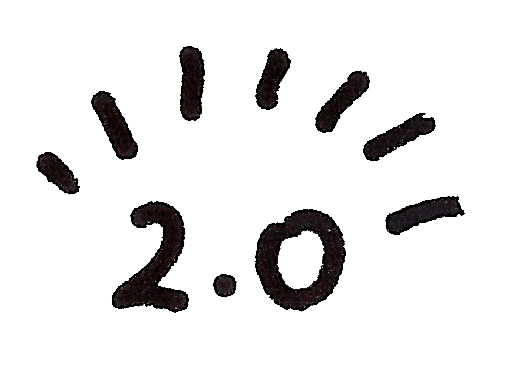 I think enterprise software is a lot about lifecycle. Most of enterprise software projects have a long implementation lifecycle; require time for implementation, deployment and training. Following modern 2.0 trends, PLM 2.0 is expecting to change this trend, provide more agile, open and lean the environment. In other words, “PLM 2.0 offers industry what Web 2.0 offers the general public”. But I’m asking myself… how will it happen tomorrow? Product Lifecycle Management is not a tool, like a mobile phone, a laptop or even database server that can be replaced. PLM is software that accumulates corporate knowledge, processes and intellectual property. How companies will be able to move from today’s legacy to tomorrow’s PLM 2.0?
I think enterprise software is a lot about lifecycle. Most of enterprise software projects have a long implementation lifecycle; require time for implementation, deployment and training. Following modern 2.0 trends, PLM 2.0 is expecting to change this trend, provide more agile, open and lean the environment. In other words, “PLM 2.0 offers industry what Web 2.0 offers the general public”. But I’m asking myself… how will it happen tomorrow? Product Lifecycle Management is not a tool, like a mobile phone, a laptop or even database server that can be replaced. PLM is software that accumulates corporate knowledge, processes and intellectual property. How companies will be able to move from today’s legacy to tomorrow’s PLM 2.0?
I think that the following PLM capabilities might enable future move from PLM Legacy to PLM 2.0:
1. IP Representation
Today’s PLM system accumulates a lot of product knowledge. Future coming system needs to manage this IP and be able to absorb existing corporate knowledge. Similar to the new CAD system which needs to be able to open models created by previous CAD, PLM 2.0 needs to be able to work with IP created by current PLM/PDM system.
2. Process Streamlining
From my point of view, organizational processes can not be changed in one day; many of today’s PLM implementations were not successful because they have tried to change the way companies had been working, in one day. This is impossible, in my view. So, PLM 2.0 needs to be capable to handle process transition in an organization.
3. Granularity.
I don’t see PLM 2.0 as a big universal tool. I believe PLM 2.0 needs to be deployed step by step and optimize existing PLM and enterprise environment in organization.
So, these are my thoughts about PLM 2.0 transformation. What are your opinions about them? I’d be happy to discuss.









